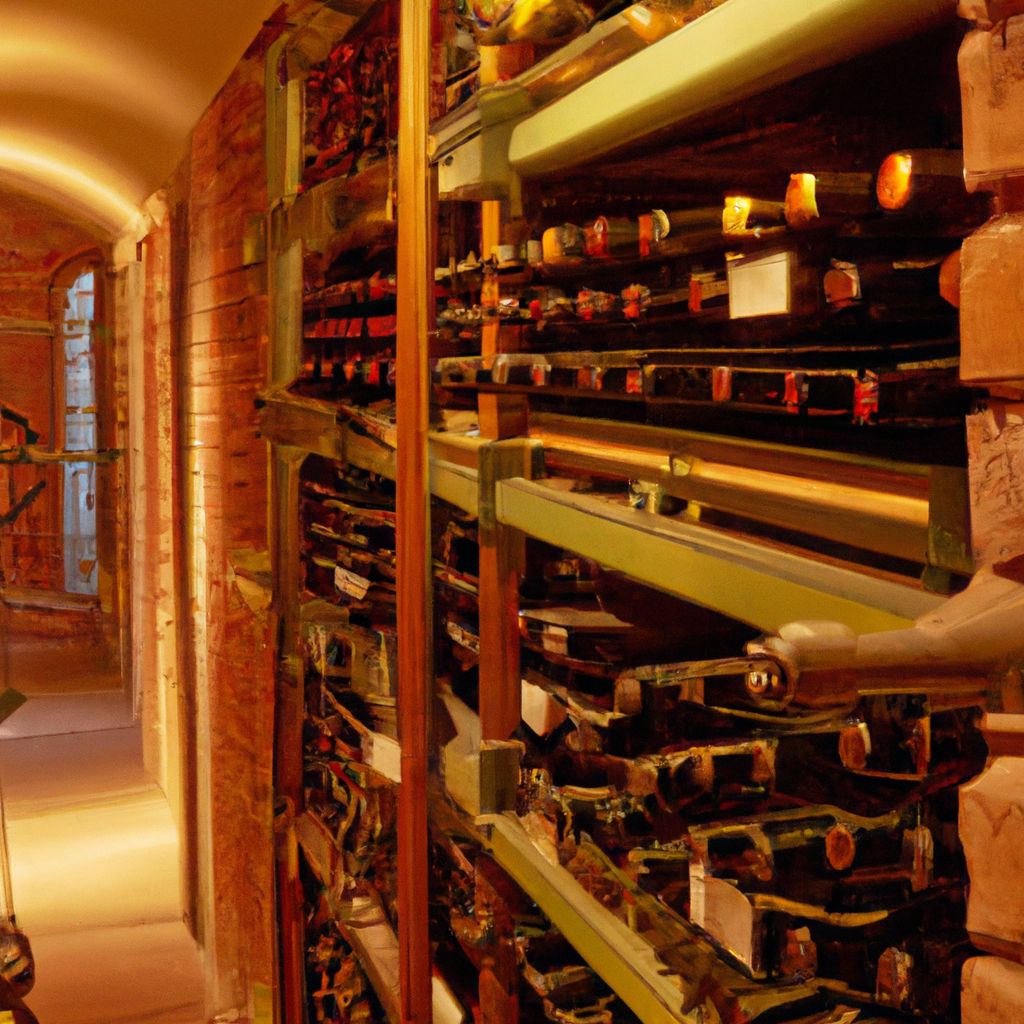- Introduction: Importance of Proper Wine Storage
- Understanding Wine: Factors That Affect Its Quality
- Ideal Conditions for Wine Storage
- Correct Positioning of Wine Bottles
- Types of Wine Storage Solutions
- Maintaining Your Wine Storage
- Conclusion: Enjoying Your Well-Preserved Wine
Introduction: Importance of Proper Wine Storage
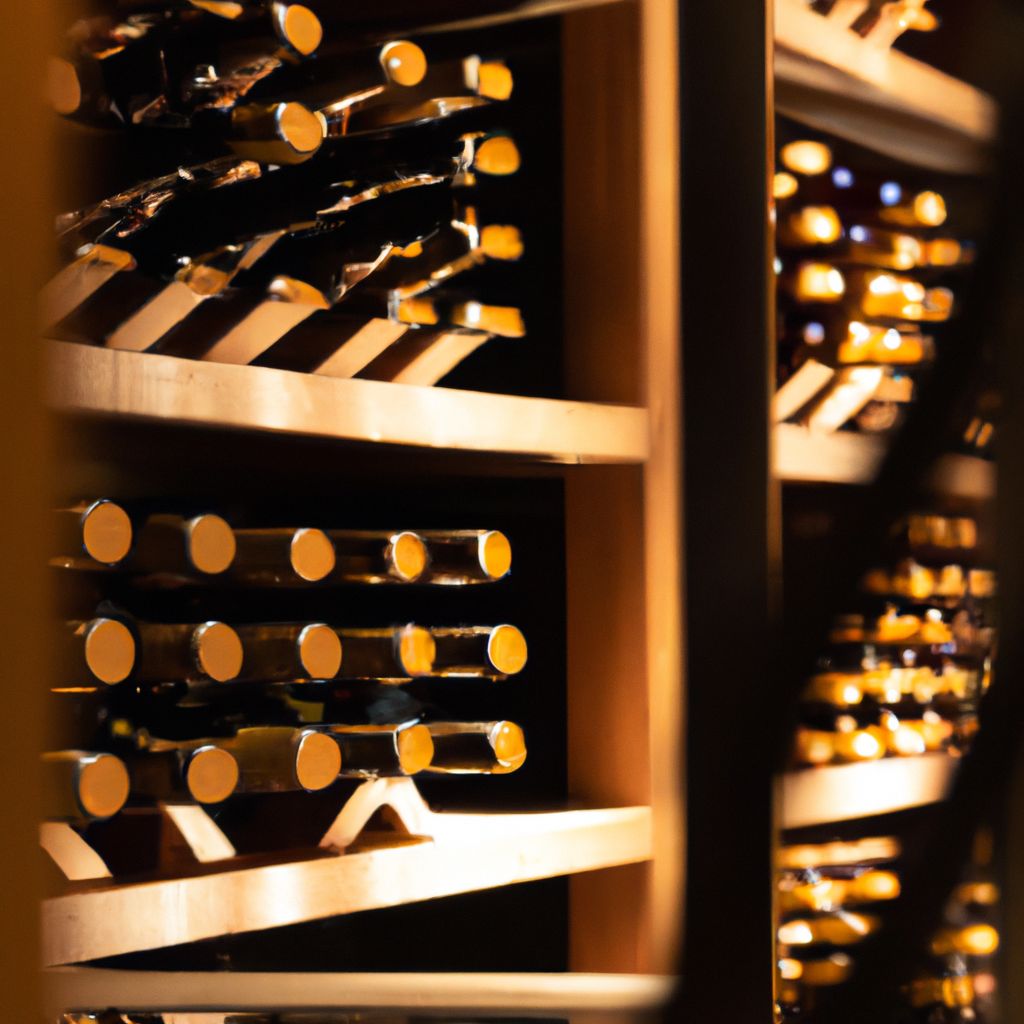
Every wine connoisseur knows that the essence of a good wine is not only in its production but also in its proper storage. Proper wine storage plays a fundamental role in maintaining, or even enhancing, the quality and flavor of the wine. In fact, it can mean the difference between a sophisticated bottle of wine and one that falls flat.
This article aims to provide an in-depth guide on how to properly store your wine collection. We will delve into the specifics of wine storage, including ideal storage conditions, the best storage practices, and common storage mistakes to avoid. By the end of this article, you will have gained a comprehensive understanding of the art and science behind proper wine storage.
Understanding Wine: Factors That Affect Its Quality
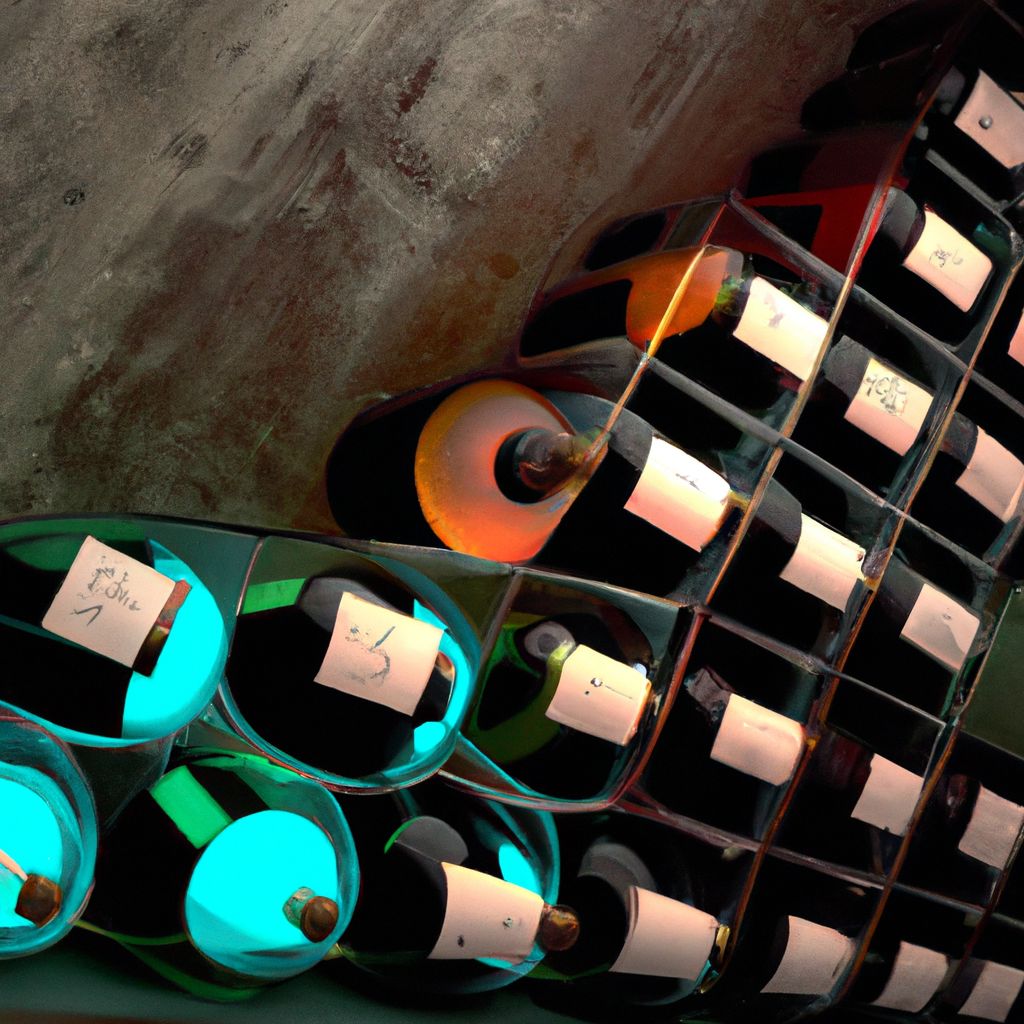
Wine is a delicate and complex beverage, and its quality can be influenced by various factors. These include temperature, light, humidity, and vibration. Let's delve deeper into each of these factors:
Temperature
Temperature is arguably the most critical factor in wine storage. Ideal wine storage temperatures range from 12 to 15 degrees Celsius (53 to 59 degrees Fahrenheit). Extreme temperatures or fluctuations can negatively impact the wine's aging process and, ultimately, its flavor.
Light
Excessive light exposure, particularly ultraviolet light, can cause wine to prematurely age and degrade. This is why wine bottles are usually tinted and why wineries are often dimly lit.
Humidity
Humidity plays a crucial role in preventing the cork from drying out, which can lead to oxidation, spoiling the wine. The optimal humidity level for wine storage is between 50% and 70%.
Vibration
Last but not least, vibration. Although often overlooked, even minor vibrations can disturb the sediment in wine, disrupting its maturation process. Hence, it's crucial to store wine in a stable, vibration-free environment.
Being aware of these factors and understanding how they can affect your wine's quality is the first step towards proper wine storage.
Ideal Conditions for Wine Storage
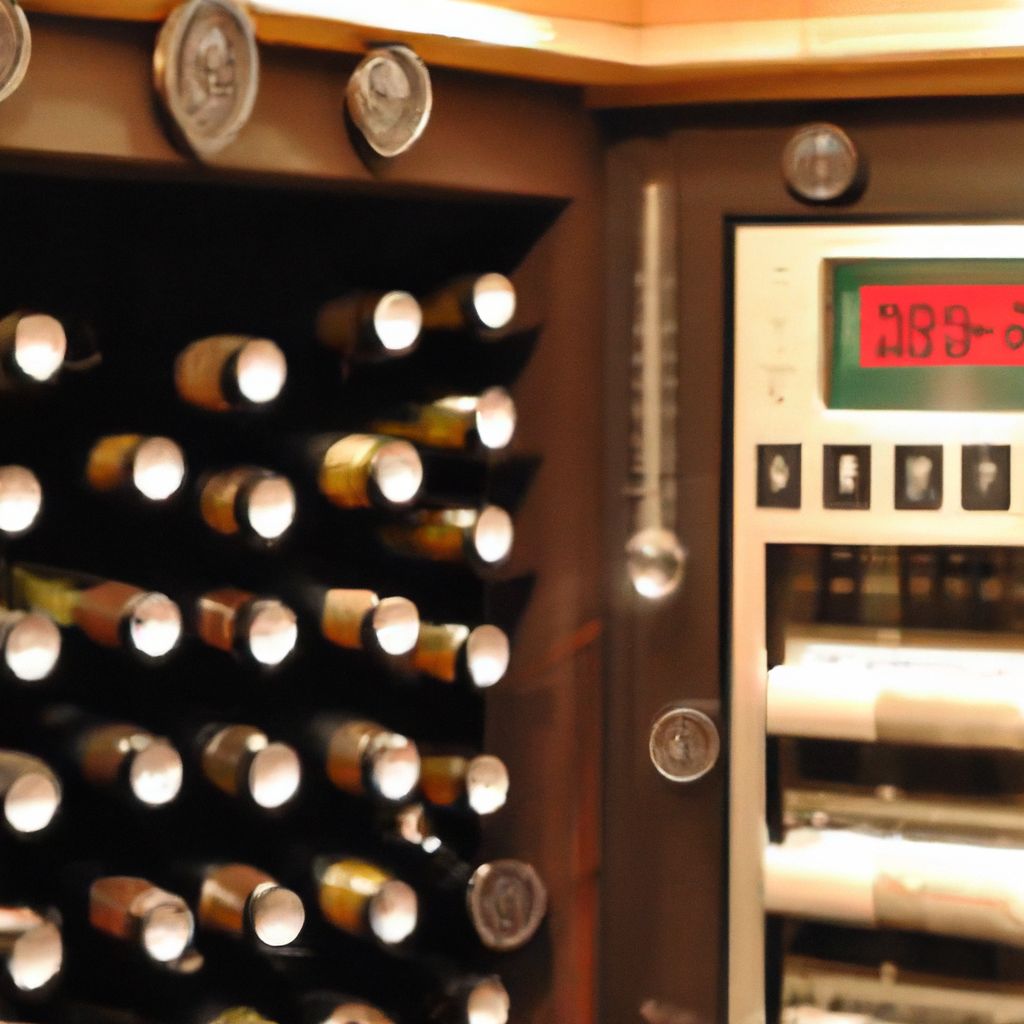
Optimal Temperature
The ideal temperature for storing wine is between 12 and 15 degrees Celsius (53 to 59 degrees Fahrenheit). This temperature range provides a stable environment that allows wine to mature gradually. Excessive heat can speed up the aging process, while extremely cold temperatures can cause the wine to freeze and the cork to be pushed out.
Optimal Humidity
The optimal humidity level for wine storage is between 50% to 70%. This level of humidity helps to keep the cork in a good condition, preventing it from drying out. A dry cork can shrink and allow air into the bottle, leading to oxidation which can spoil the wine.
These optimal conditions are crucial for preserving the wine's flavor and quality. Storing wine in these conditions can help to slow down its aging process, allowing the complex flavors to develop fully over time. It's important to remember that wine is a living, breathing entity, and it reacts significantly to its environment. Hence, maintaining these ideal storage conditions is integral for the health and longevity of your wine.
Correct Positioning of Wine Bottles
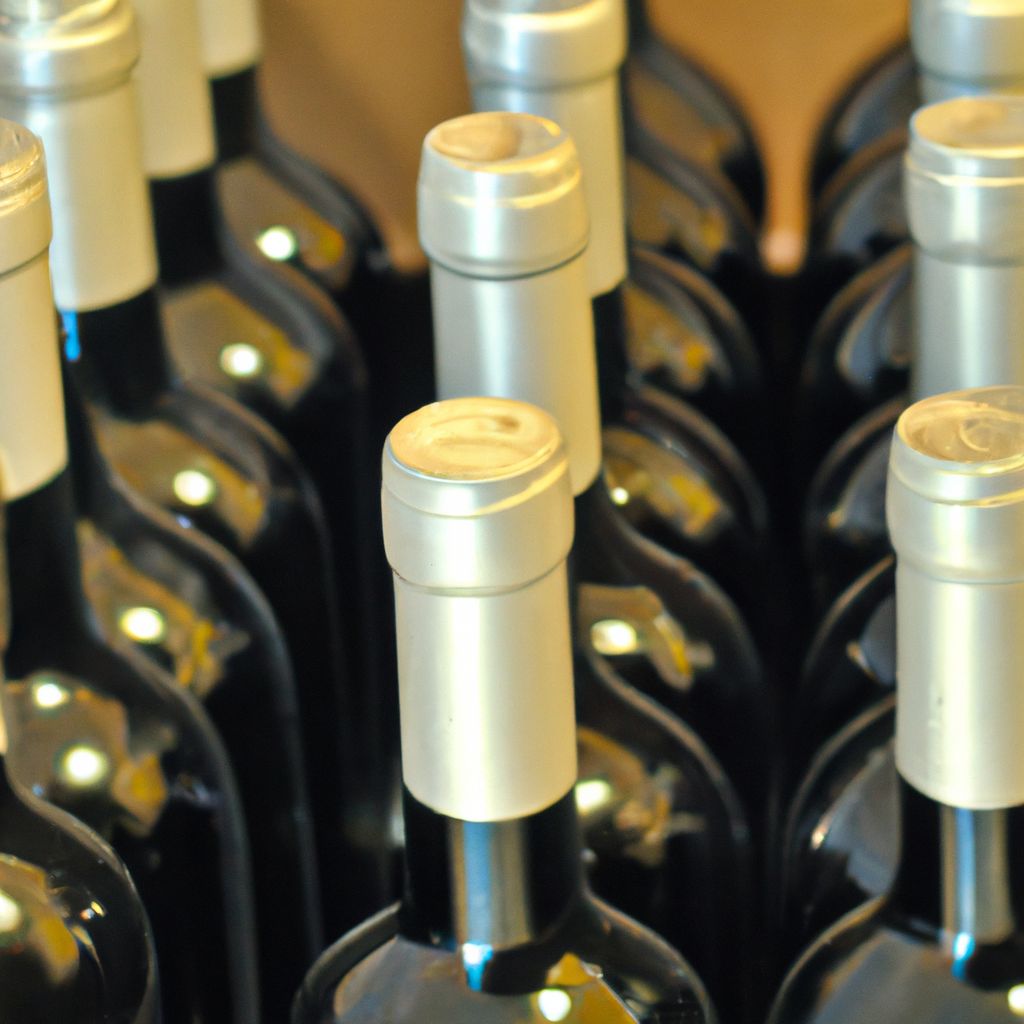
Positioning is another crucial aspect of wine storage, particularly for wines sealed with a cork. The correct position for storing wine bottles is horizontally. This positioning serves two primary purposes:
- Keeps the Cork Moist
- When a wine bottle is stored horizontally, the wine makes contact with the cork, keeping it moist. This prevents the cork from drying out and shrinking, which could allow air into the bottle and lead to oxidation, spoiling the wine.
- Maximizes Space
- Horizontal storage is also a space-efficient way to store wine, as it allows for easy stacking of bottles. This is particularly advantageous for those with a large collection of wines.
However, bottles sealed with alternative closures like screw caps or synthetic corks can be stored upright without any issues as these closures don't risk drying out.
In conclusion, understanding and implementing the correct positioning of wine bottles during storage can significantly contribute to the preservation of your wine's quality over time.
Types of Wine Storage Solutions
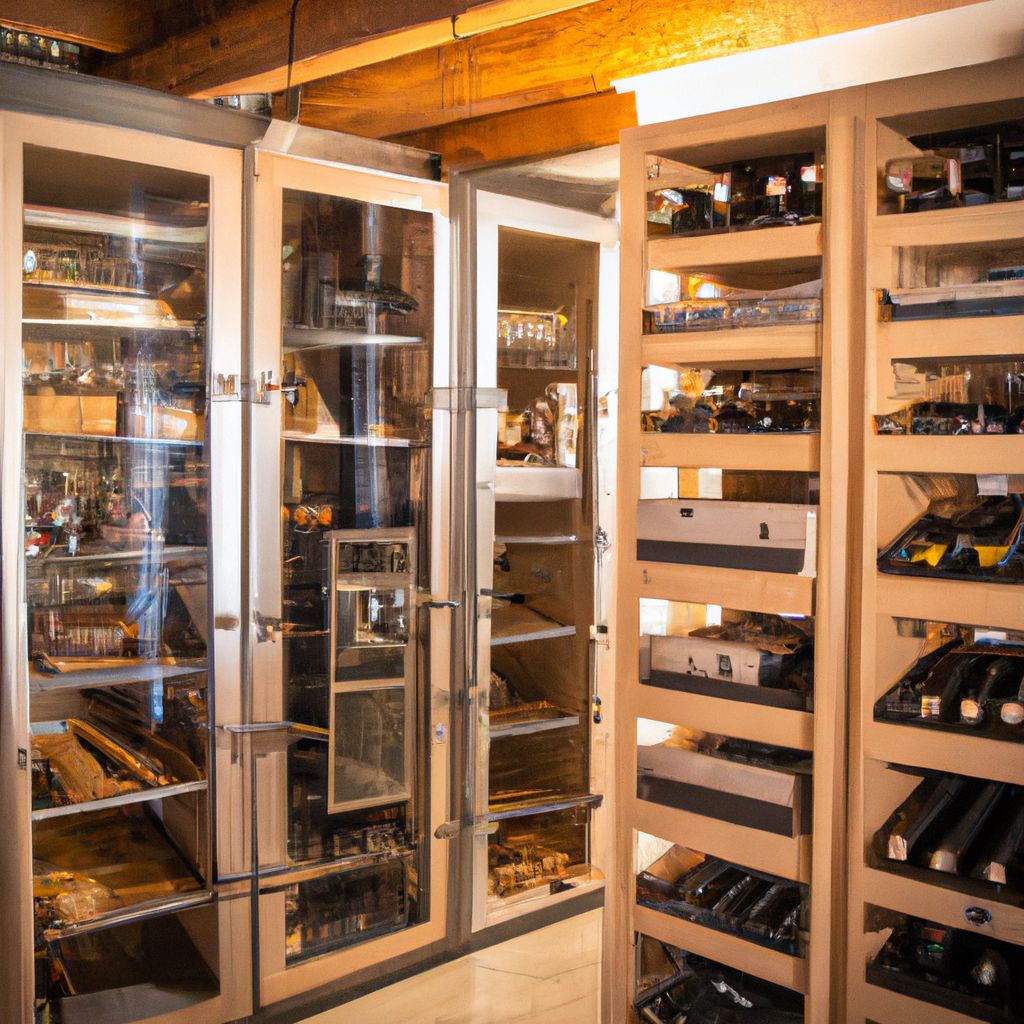
There are several types of wine storage solutions available, each with its own set of advantages and disadvantages. Let's take a closer look at each of them:
Wine Racks
Wine racks are a simple and cost-effective solution for storing wine. They come in various sizes and styles, making them suitable for different spaces and decor. However, wine racks don't provide any temperature or humidity control, making them suitable only for short-term storage or for wines that aren't sensitive to environmental changes.
Wine Refrigerators
Wine refrigerators, or wine coolers, offer a more advanced storage solution. They are designed to maintain a constant temperature and humidity level, making them ideal for long-term storage. However, they can be expensive and require electricity to run, which may not be ideal for all wine collectors.
Wine Cellars
For serious wine collectors, a wine cellar provides the ultimate storage solution. It offers optimal temperature and humidity control, and can accommodate a large number of bottles. However, building and maintaining a wine cellar can be costly and requires significant space.
DIY Options
DIY options, such as converting a closet into a wine storage area, can be a cost-effective solution for those on a budget. While they may not offer the same level of temperature and humidity control as a wine refrigerator or cellar, they can be modified to provide suitable conditions for wine storage. However, this requires a fair amount of effort and expertise.
Ultimately, the best wine storage solution for you will depend on various factors, including your budget, the number of bottles you wish to store, and how long you plan to store them.
Maintaining Your Wine Storage
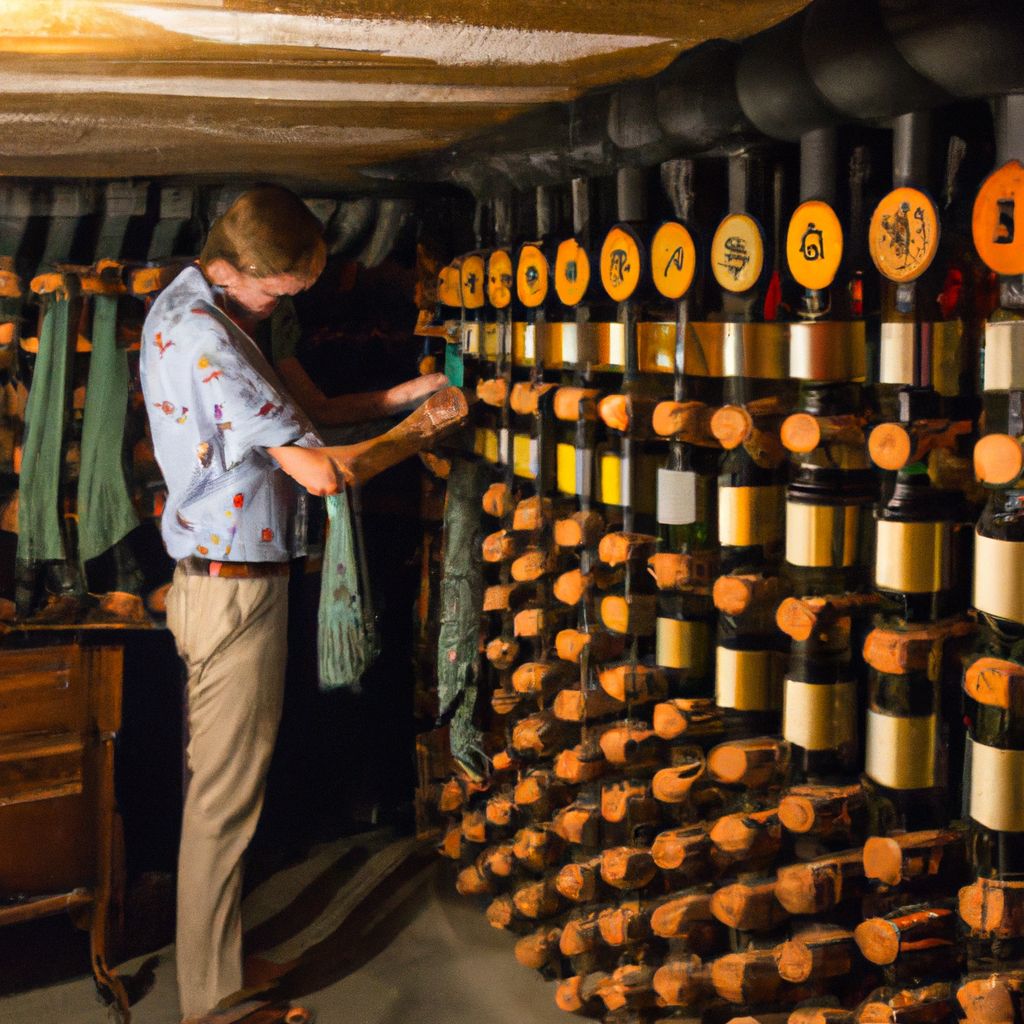
Maintaining your wine storage area is just as important as setting it up. Following are some useful tips to ensure your storage conditions continue to be ideal for wine:
Monitor Temperature and Humidity
Regularly check the temperature and humidity levels in your storage area. This can be done using a thermometer and a hygrometer. Any significant changes should be addressed immediately to prevent potential damage to your wine.
Clean Your Storage Area
Keep your storage area clean and dust-free. Dust and dirt can lead to mold growth, which can affect the quality of your wine. Moreover, ensuring that your wine bottles are clean will help to maintain the integrity of the labels, making it easier for you to identify your wines.
Organize Your Collection
Organize your wine collection in a way that makes sense to you. You might choose to categorize your wines by region, varietal, vintage, or any other method that suits your preference. This will not only make it easier for you to find specific bottles, but it will also help you keep track of which wines need to be consumed soon and which ones can be stored for longer periods.
Remember, maintaining your wine storage conditions is a continual process. Regular monitoring and adjustments will ensure that your wines age and mature in the best possible environment.
Conclusion: Enjoying Your Well-Preserved Wine

In conclusion, the importance of proper wine storage cannot be overstated. From maintaining the ideal temperature and humidity to correctly positioning your wine bottles, each aspect plays a crucial role in preserving the quality and enhancing the flavor of your wines.
By applying the tips and advice provided in this article, you can ensure that your wine collection is stored under the best possible conditions. Whether you're a seasoned wine collector or just beginning your wine journey, these storage tips will serve you well. After all, the ultimate goal is to enjoy your well-preserved wines at their best, savoring each sip of their nuanced flavors and aromas. So, here's to a well-stored, well-enjoyed wine collection!


